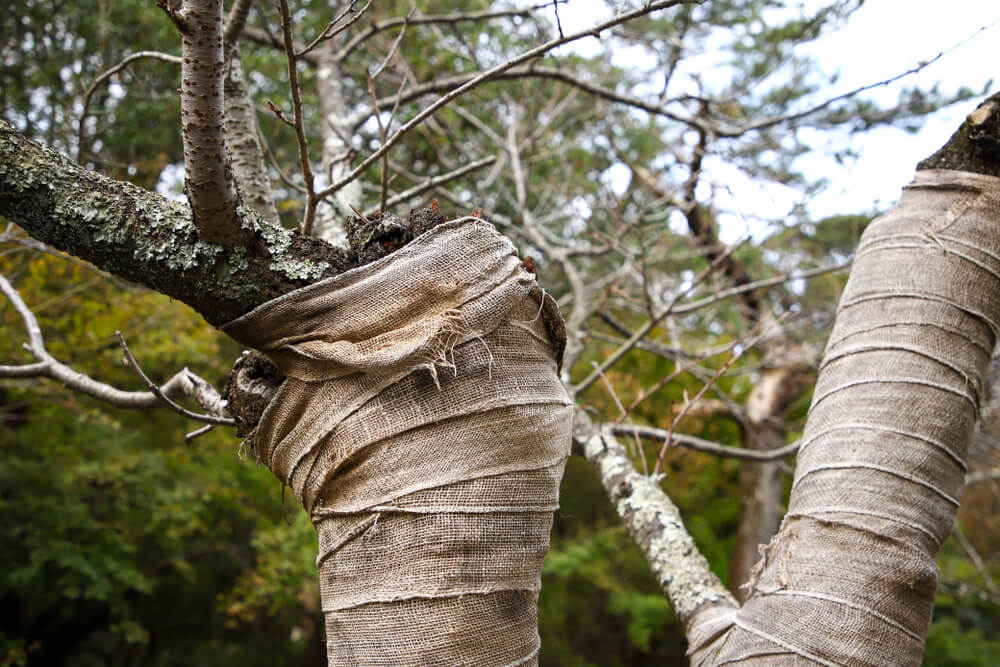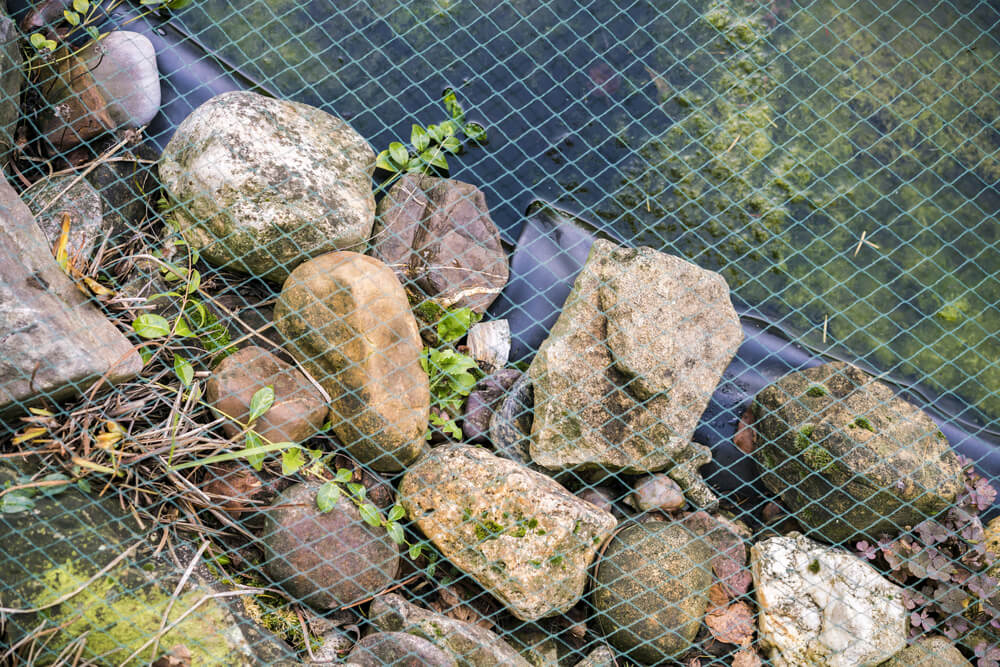Autumn is literally just around the corner, this means that it is time to start thinking about preparing your garden for the cooler months to arrive. There are a huge number of changes that you need to make in your garden to ensure that you are fully ready for the seasons to change and the typical British weather to arrive.
Plants can be extremely vulnerable in times when the seasons are rapidly changing. This is because the plants have become used to the slightly more predictable and warmer weather that we have had over the spring/summer months.
In this article, we will detail 5 different changes that you should make to your garden before the summer season ends and the autumn and winter begin to roll in.
1 – Protect young trees and plants

Young trees and plants are understandably extremely vulnerable and fragile. They become even more vulnerable as we transition through seasons as they have not had the ability to establish themselves before the influx of weather changes. These trees and plants need far more attention and protection than already established ones as they begin to grow.
The best way to protect young trees is by purchasing a special tree wrap. The tree wrap should then be wrapped around the trunk and branches of the tree.
You would initially think that the intention of the tree wrap would be to keep the tree warm in the winter, however, this is not true. Surprisingly, the purpose of the tree wrap is the complete opposite. It is to keep the tree cool.
In the autumn months, the trees start to lose their leaves and therefore also lose all of their protection from the sunlight. With no protection until the following spring, the trees are susceptible to damage from the sunlight. The tree wraps act as a protective layer to stop the sunlight from damaging the trees while there are no leaves to help shade the tree.
In addition to this, it does also offer some protection from harsh winds and frosts that we are susceptible to in the UK. But the main intention is sun protection.
2 – Cover your outdoor garden furniture

This is one of the sadder tasks that need to be completed before the start of the autumn months. As the sun starts to hide for another year it is far less likely that you will need to be using your garden furniture. So as hard as it is to comprehend that summer is over and the unpredictably horrible British weather is moments away.
If you want to avoid any damage to your outdoor furniture during the winter months when they are no longer in use then it is hugely important to cover them up to avoid damage from weathering. The wet and cold weather can cause deterioration to your furniture which can get even worse as the harsh winter months go on. Simply covering it with a waterproof cover will hugely reduce the chance of damage and help your furniture to look perfect when it comes to bringing it out again next spring.
It is never a bad idea to always have a cover on hand for garden furniture, no matter the season. It’s such a simple step that will protect your lovely furniture in the winter months and when the British summertime is doing what it does best and acting more like winter.
3 – De-weed your garden

It’s common knowledge that weeds are the biggest nuisance to any garden area. They are extremely prolific in the summer months, as their growth rate goes through the roof. It is sometimes hard to stay on top of de-weeding your outdoor space during the summer months as they can continuously grow back, no matter what you try.
It is recommended that before the start of the autumn/winter months you do a full de-weeding of your garden to be ready for the winter. If you fail to do this then you may have a mammoth de-weeding job when spring comes around again. You could also have many dead plants that have been killed by the spreading of weeds.
While weeds do grow far slower during the winter months, they do still grow. So if you leave them at the end of the summer months then they will still multiply and become even more of a pest over the winter months and causing all kinds of problems for you to come in the warmer seasons next year.
There are so many different fancy and ‘revolutionary’ methods that are said to help you get rid of weeds. However, in our opinion, the easiest and most effective way of getting rid of weeds from your outside area is to simply pull them out by hand.
4 – Dig up annual flowers

Annual flowers are amazing additions to your garden in the summer months due to their beauty and vibrance. However, they are very much what their name suggests, annuals. They only tend to keep their beauty for one season and once that season has come and gone and the colder months arrive they tend to struggle with the harsh conditions and unfortunately begin to fade and die out.
This is why it is a good idea to uproot the flowers and get rid of them through compost before the end of the season before they begin to struggle and fade out. Leaving dead flowers in your bedding could mean that they rot which would then be a breeding ground for diseases and fungus.
If you are missing the pop of colour after digging up the flowers from the bedding then you could think about adding winter berries such as redberries, blackberries and raspberries. These fruits thrive in the colder months and also help to add a pop of colour to your garden that is missing from the annual flowers.
5 – Cover your garden pond with nets

For those of you that have a pond in your garden, covering it over the autumn months is hugely important to keep it clean and free of fallen leaves as they can decay in the pond and cause bacteria and diseases that can harm the wildlife living in the pond. Adding a net will not only stop things from falling into the pond but will also make the maintenance and clean-up of the pond far easier.
Not only is it better for the health of the pond but it also makes the pond far prettier and clearer from an aesthetic point of view. It can be difficult at times to make an outdoor area look nice in the dark and gloomy autumn/winter months so a clean pond can add a beautiful element that can help to bring your garden together.









— 8,373 Comments —